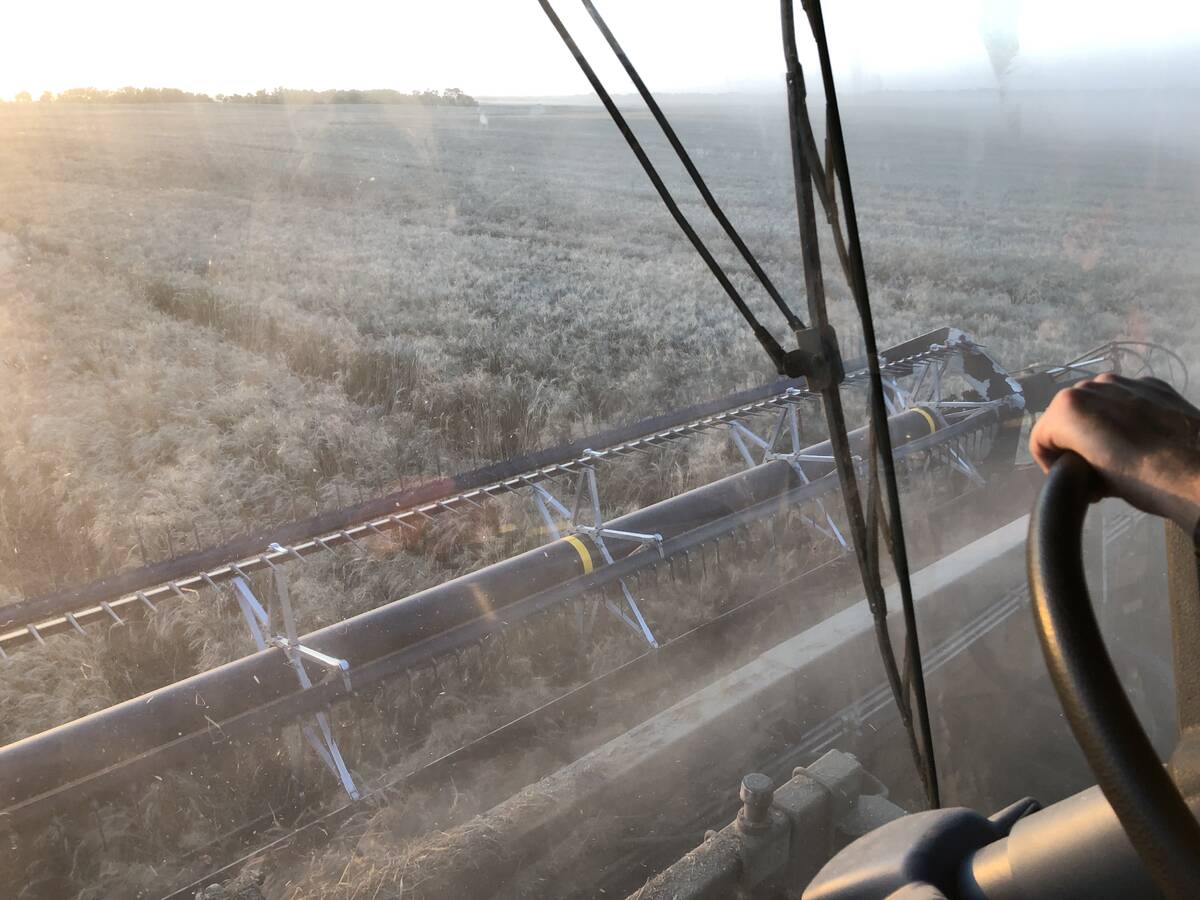LONDON, Ont. — Leading out an eight horse hitch of Clydesdales with a Dalmatian seated beside the driver has become a well recognized trademark for the Budweiser beer company.
Driver Manny Raber has been with the Budweiser team since 1995, working with the well-matched horses throughout Canada and the American Midwest.
The team does not compete, but instead offers exhibitions and demonstrations, Raber said as he groomed one of the horses at the World Clydesdale Show held in London from Sept. 29-Oct. 3.
He is based in St. Louis, Missouri, but travels with the team 10 to 11 months of the year with a crew of seven people and 10 horses.
Horses that make the Budweiser team must be geldings and at least four years old. They must stand 72 inches at the shoulder when fully mature, weigh 1,800 to 2,300 pounds and have a bay coat, four white legs, a white blaze down the face and a black mane and tail.
The company has a breeding unit in Missouri, and selection criteria is strict. The colour may be the hardest to achieve.
“It is very hard to breed this colour and get four white legs. Maybe one out of 50 foals will come out with this colour,” Raber said.

There is a breeding herd of 50 mares that might give them the colour and quality they want.
“If we have a mare that produces a great colt, year after year after year (she) stays around until she dies,” he said.
The rest are sold.
“People don’t mind about the colour. They want a good horse.”
The Budweiser horses are easy to sell because they have good dispositions, are well trained and come from a good breeding program.
“They have a very nice temperament,” Raber said.
Three hitches travel the country: an east coast team from New Hampshire, a midwest team from St. Louis and a western team from Colorado.
Read Also

Mail strike disrupts grain sample delivery
The Canadian Grain Commission has asked farmers to consider delivering harvest samples directly to CGC offices, services centres or approved drop offs as Canada Post strike delays mail.
The team traces back to 1933 when two members of the Busch family, which owned Budweiser, gave their father, August Busch, Sr., a six-horse Clydesdale hitch to commemorate the repeal of prohibition.
The team was used to draw an old fashioned beer wagon and went on tour. The team was expanded to eight horses, and by 1950 a Dalmatian dog was added as a mascot.
The horses are bred in Missouri, where 100 Clydesdales reside. Thirty to 40 foals are born each year.


















